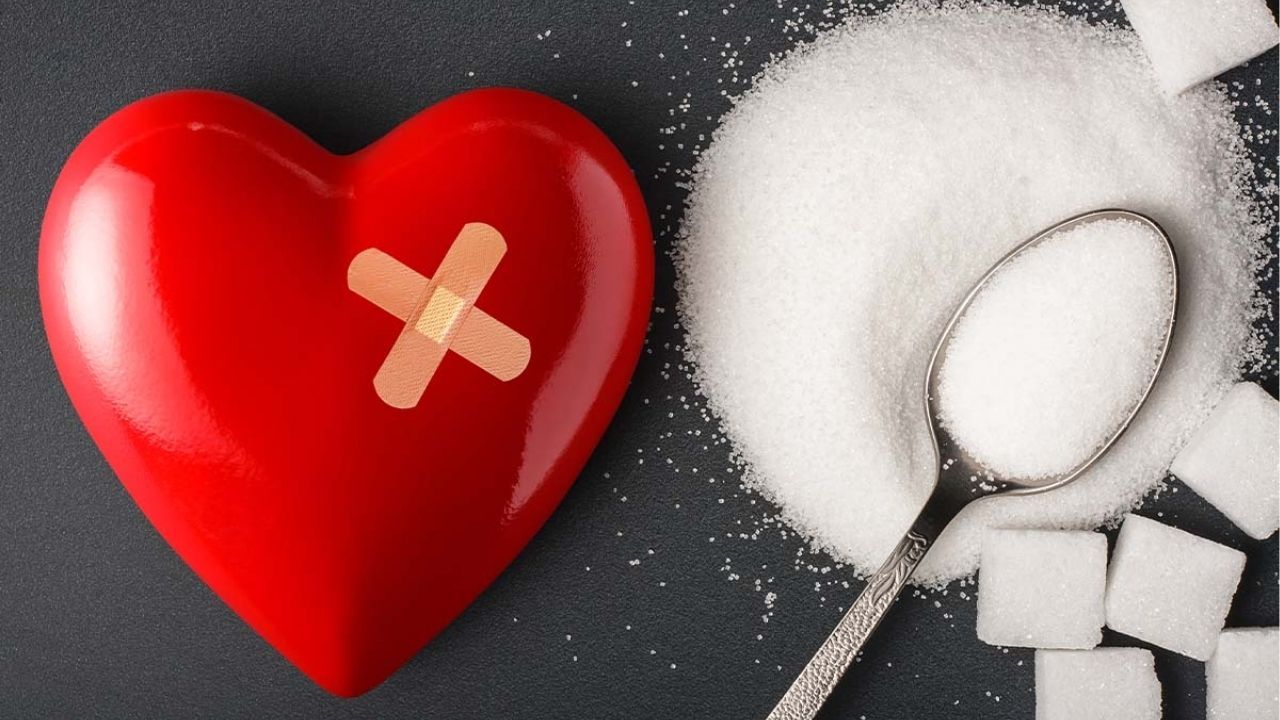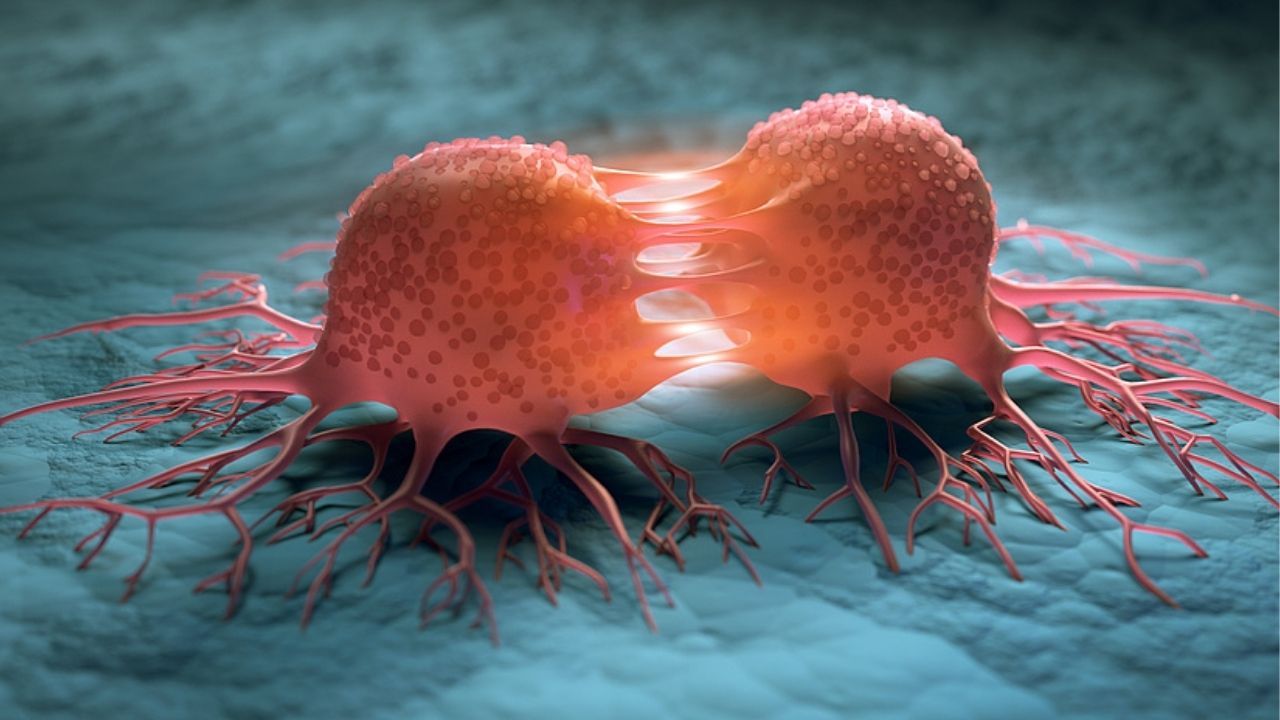Does eating sugar equal killing ourselves? What research really says about ‘slow death’ from sugar
A clear look at what science really says about sugar, health risks, and everyday habits

Social media has been sharing quotes like “eating sugar = slowly killing yourself,” to the point that some people are now more afraid of mango sticky rice than cigarettes. In reality, cutting out sweetness completely is impossible. So the question is: when we look strictly at medical research, is sugar really that harmful, or is the real issue the way we consume it every day?
Is sugar killing us?
| Section | Short Summary |
|---|---|
| Free sugar is easy to overconsume | There is a difference between natural and added sugars, and why free sugars quickly exceed healthy limits in daily diets. |
| Sugary drinks & disease risk | Strong research links sugar-sweetened drinks to diabetes and chronic disease, especially with daily intake. |
| Impact on heart & liver | High added sugar affects the heart, blood vessels, and liver, raising long-term risks like fatty liver and heart disease. |
| Sugar & cancer claims | Sugar doesn’t feed cancer directly, but excess sugar fuels weight gain and inflammation that increase cancer risk. |
| How much sugar is safe? | Outlines WHO and AHA daily limits, showing how easily common foods and drinks exceed recommended added sugar intake. |
| Cut sugary drinks, not all sugar | Encourages practical changes, reducing sweet drinks, choosing whole fruit, and adjusting sweetness levels gradually. |
Sugar is not poison, but free sugar is extremely easy to overconsume
Before labelling sugar as the villain, we need to distinguish between the types of sugar the body uses normally and the sugar we unknowingly add to our food.
The World Health Organization (WHO) uses the term free sugars, referring to all sugars added to food or drinks, which include table sugar, syrup, honey, fruit juice concentrates, and even sugar naturally present in fruit juices.
But sugar found in whole fruits and in milk is not counted because it comes with fibre and protein, which slow down absorption and help keep us full, unlike a glass of sugary drink that leaves us hungry again immediately.
WHO clearly recommends that both adults and children should limit free sugars to no more than 10% of daily calories, and ideally reduce it to 5% or less for long-term health benefits. For someone eating 2,000 calories per day, 5% equals about 25 grammes of added sugar, which is roughly six teaspoons.
In short, the body needs glucose, but the problem is the extra added sugar we consume unnecessarily, especially from drinks and processed foods.
Research is clear: excess sugar from sweetened drinks drives chronic disease

Long-term data from large cohort studies and meta-analyses show a strong link between sugar-sweetened beverages (SSBs), like soft drinks, syrup-sweetened teas, and overly sweet fruit juices, and metabolic diseases.
Several top-tier meta-analyses, including those published in the BMJ and major nutrition journals, show that people who regularly drink sugary drinks have a 20% to 30% higher risk of developing type 2 diabetes compared to those who rarely drink them. The risk rises clearly with the amount consumed daily: the more frequent the intake, the higher the long-term risk.
Global data also show that sugary drinks contribute to millions of cases of diabetes and heart disease each year, especially in middle-income countries where the beverage industry is growing faster than public-health systems can manage chronic diseases.
“Sugar doesn’t harm you instantly with a single glass. It’s the daily, unconscious consumption that gradually shifts your weight, waistline, blood sugar, and future disease risk.”
Not just diabetes but sugar affects the heart, liver, and blood vessels too

The American Heart Association (AHA) previously released a major statement on sugar and heart health. After reviewing multiple studies, the conclusion was clear: high consumption of added sugar significantly increases the risk of cardiovascular disease due to excess calorie intake, high blood pressure, abnormal blood lipids, and insulin resistance.
A large analysis of American data found that people who consumed 17% to 21% of their daily calories from added sugar had a 38% higher risk of dying from heart disease compared to those consuming around 8%. If sugar intake exceeded 21% of daily calories, the risk more than doubled.
The liver is not spared either. Several studies on non-alcoholic fatty liver disease (NAFLD/MASLD) show a strong association between sugary drink consumption and fatty liver risk in both men and women. The more sugary drinks consumed per week, the higher the risk.
Newer research even finds that drinking less than one can of soft drink per day is associated with up to a 50% higher risk of metabolic fatty liver disease. Surprisingly, some studies show that certain artificial sweeteners used in “diet” drinks may be linked to even higher fatty liver risk than regular sweetened drinks, so simply switching to “diet” drinks may not be the magic solution.
This does not include the well-documented impact of sugar on dental health. WHO and dental organisations agree that high and frequent intake of free sugars is a major cause of tooth decay in all age groups, especially when exceeding 10% of daily calories and combined with inadequate brushing.
Also: Where to find vegan cuisine 2025
What about sugar feeding cancer? Is it the truth or a scare tactic?

The popular statement, sugar feeds cancer, has become a health meme, but leading cancer organisations see it differently.
Groups like the American Cancer Society, American Institute for Cancer Research, and Cancer Councils worldwide explain that sugar is not a direct carcinogen, and there is no evidence that cutting sugar completely can cure cancer or stop tumour growth directly.
What is clear is that excessive sugar and processed food consumption lead to weight gain, chronic inflammation, and obesity, all of which are proven risk factors for several types of cancer.
Simply put, sugar does not directly feed cancer but excess sugar feeds abdominal fat and creates bodily conditions that increase cancer risk over time. Reducing added sugar, especially from sugary drinks and processed sweets, and maintaining a healthy weight is far more evidence-based than quitting sugar to prevent cancer.
So how much sugar can we safely eat?
Two major guidelines help guide real-life consumption:
WHO’s guideline
- Free sugars <10% of total calories
- Ideally, near 5%
For a 2,000-calorie diet:
- 5% = 25 g (6 teaspoons)
- 10% = 50 g (12 teaspoons)
This includes all added sugar in coffee, desserts, sauces, and processed foods.
American Heart Association’s guideline
Even stricter:
- Women: no more than 100 calories from added sugar per day (≈ 25 g / 6 teaspoons)
- Men: no more than 150 calories per day (≈ 37.5 g / 9 teaspoons)
This is based on strong evidence linking excess sugar to heart disease and metabolic problems.
In real life, a single can of soft drink or a full-sugar bubble tea can already match a woman’s entire daily sugar quota. Add a sweetened iced coffee, dessert, and sweet dipping sauces, and the guideline is easily exceeded without realising it.
You don’t need zero sugar but just don’t let sugary drinks run your health

Overall, the phrase “eating sugar = killing ourselves” is exaggerated, but it contains a grain of truth: excess added sugar, especially from drinks, is a major driver of modern chronic disease.
The most practical and effective strategies are not extreme sugar elimination, but focusing on three things:
1. Reduce all sugary drinks to occasional treats, not daily consumption.
This includes soft drinks, bottled juices, sweetened teas, sugary iced coffee, and popular milk teas overloaded with sugar. Studies consistently show that sugary drinks are the biggest contributors to diabetes, fatty liver, and heart disease.
2. Choose whole fruit instead of juices or processed snacks.
Whole fruit provides fibre, vitamins, and satiety. One glass of juice often equals several fruits’ worth of sugar without any fibre to slow absorption.
3. Read nutrition labels and understand your own “normal sweetness.”
Many people grew up with drinks far sweeter than health guidelines. Start by reducing sugar levels step by step, cutting sugary drinks from daily to a few times a week, and replacing them with water, unsweetened tea, or soda water with lime. Your palate will gradually adjust to a safer sweetness level.
Sugar is not a poison that destroys the body instantly. However, extensive research from the WHO, the American Heart Association, and cancer organisations points in the same direction: consuming high amounts of added sugar, especially from sugary drinks and processed foods, increases the risk of obesity, diabetes, fatty liver, heart disease, tooth decay, and certain cancers through obesity and chronic inflammation.
So instead of believing “one sweet bite = death,” it’s more realistic to ask: which sugars are necessary, and which are excessive? Gradually lowering free sugar intake toward the WHO and AHA guidelines is a balanced approach that aligns with research and fits real life.
We can enjoy sweetness; however, just don’t let daily iced milk drinks, bubble tea, and soft drinks take control of your health. Reducing those alone can cut future disease risk far more than most people realise.
References
The Thaiger key summary
- Sugar is not toxic, but excess added sugar, especially from drinks, increases long-term disease risk.
- Research links high free-sugar intake to diabetes, fatty liver, heart disease, and weight-related cancers.
- Reducing sugary drinks and keeping intake within WHO and AHA guidelines is the most effective strategy.
Latest Thailand News
Follow The Thaiger on Google News:


























